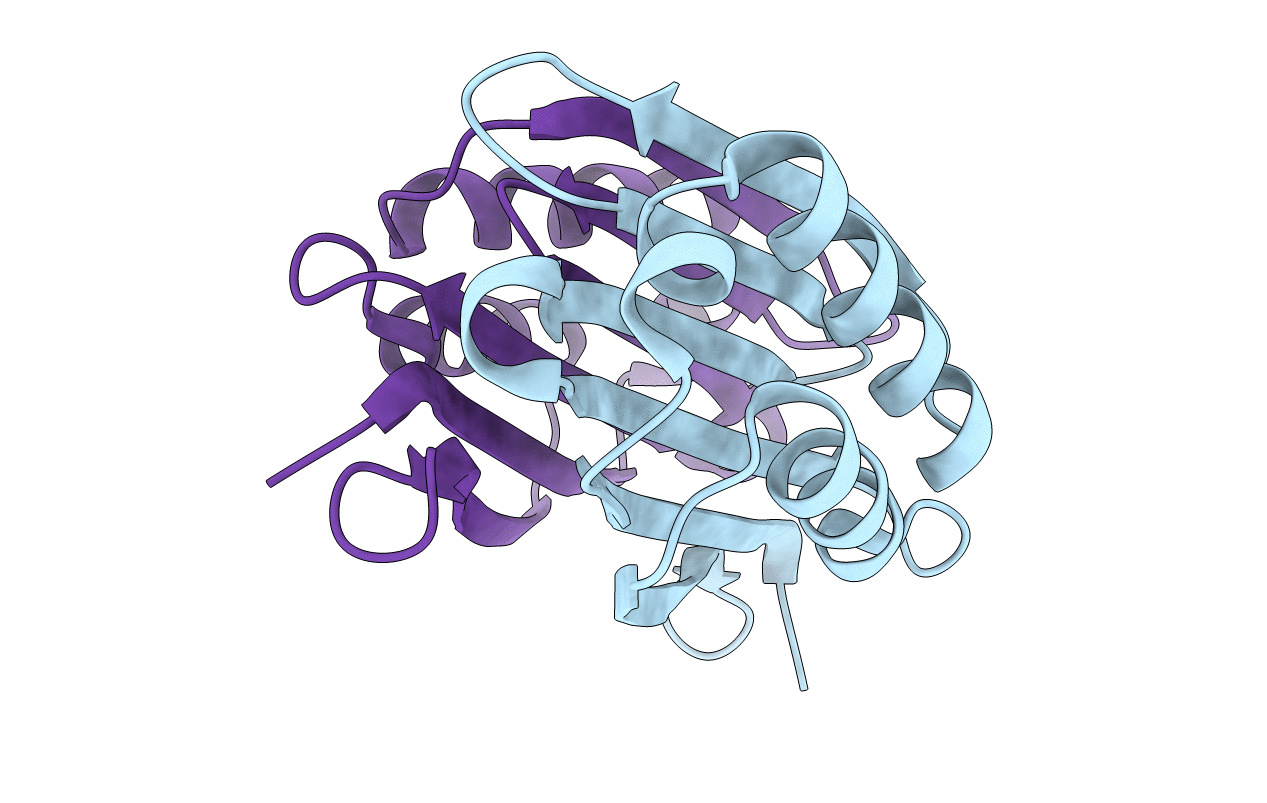
Deposition Date
2004-06-10
Release Date
2004-06-29
Last Version Date
2024-02-14
Entry Detail
PDB ID:
1TMI
Keywords:
Title:
Structure of Thermotoga maritima S63A non-processing mutant S-adenosylmethionine decarboxylase
Biological Source:
Source Organism:
Thermotoga maritima (Taxon ID: 2336)
Host Organism:
Method Details:
Experimental Method:
Resolution:
1.70 Å
R-Value Free:
0.18
R-Value Work:
0.14
R-Value Observed:
0.14
Space Group:
H 3


